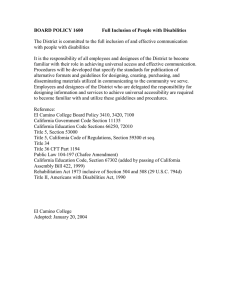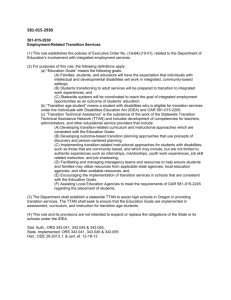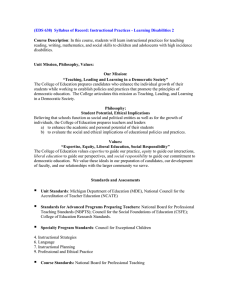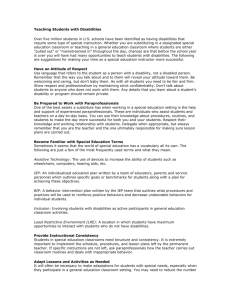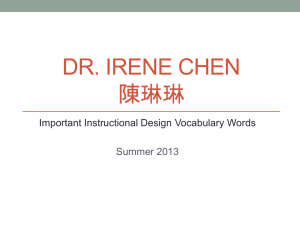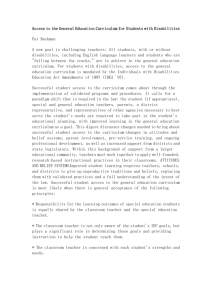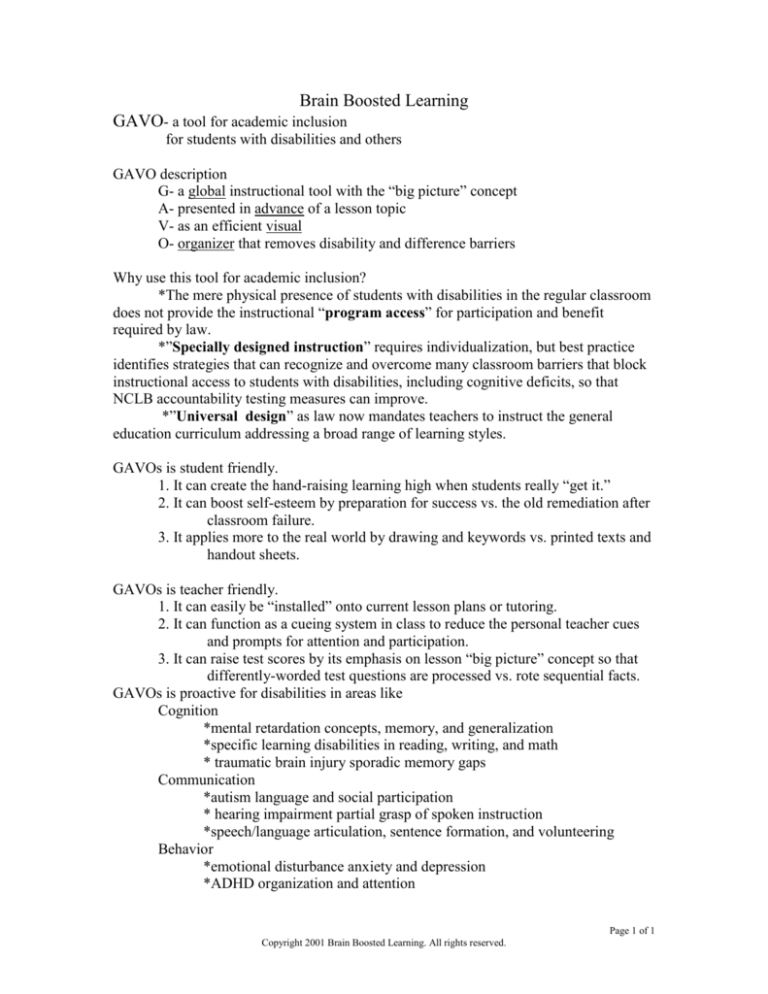
Brain Boosted Learning
GAVO- a tool for academic inclusion
for students with disabilities and others
GAVO description
G- a global instructional tool with the “big picture” concept
A- presented in advance of a lesson topic
V- as an efficient visual
O- organizer that removes disability and difference barriers
Why use this tool for academic inclusion?
*The mere physical presence of students with disabilities in the regular classroom
does not provide the instructional “program access” for participation and benefit
required by law.
*”Specially designed instruction” requires individualization, but best practice
identifies strategies that can recognize and overcome many classroom barriers that block
instructional access to students with disabilities, including cognitive deficits, so that
NCLB accountability testing measures can improve.
*”Universal design” as law now mandates teachers to instruct the general
education curriculum addressing a broad range of learning styles.
GAVOs is student friendly.
1. It can create the hand-raising learning high when students really “get it.”
2. It can boost self-esteem by preparation for success vs. the old remediation after
classroom failure.
3. It applies more to the real world by drawing and keywords vs. printed texts and
handout sheets.
GAVOs is teacher friendly.
1. It can easily be “installed” onto current lesson plans or tutoring.
2. It can function as a cueing system in class to reduce the personal teacher cues
and prompts for attention and participation.
3. It can raise test scores by its emphasis on lesson “big picture” concept so that
differently-worded test questions are processed vs. rote sequential facts.
GAVOs is proactive for disabilities in areas like
Cognition
*mental retardation concepts, memory, and generalization
*specific learning disabilities in reading, writing, and math
* traumatic brain injury sporadic memory gaps
Communication
*autism language and social participation
* hearing impairment partial grasp of spoken instruction
*speech/language articulation, sentence formation, and volunteering
Behavior
*emotional disturbance anxiety and depression
*ADHD organization and attention
Page 1 of 1
Copyright 2001 Brain Boosted Learning. All rights reserved.



